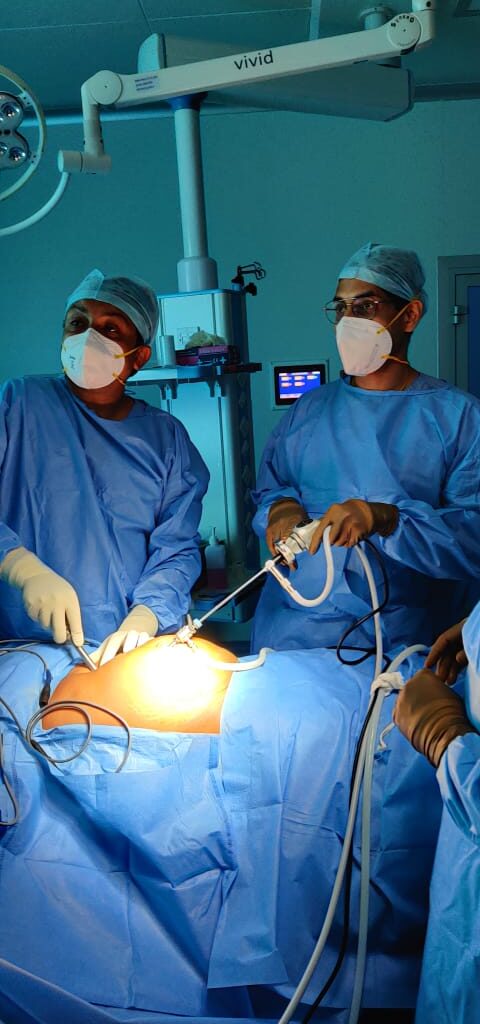Welcome to the blog of Dr Sajeeth Nayar, a skilled and experienced surgeon
specializing in Urology and Proctology. Dr Nayar is a pioneer and uses advanced
techniques like laparoscopic, robotic and laser surgeries to provide state of the art
care for his patients. Lets understand what these surgical practices entail.
In the realm of modern medicine, minimally invasive surgeries have revolutionized
how we approach complex medical conditions. These techniques, championed by
experts like Dr. Nayar, prioritize patient comfort, faster recovery, and minimal
scarring. Lets take a closer look at the three cutting-edge methods transforming
healthcare:
Laparoscopic Surgery: Precision Through Tiny Incisions
Laparoscopic surgery has redefined how abdominal and pelvic conditions are
treated. By making tiny incisions and using a high-definition camera, surgeons can
perform intricate procedures with remarkable accuracy. This approach is ideal for
addressing conditions such as:
Hernias
Gallstones
Appendicitis
Dr Nayar performs surgeries such as intestinal surgeries, fundoplication for hiatus hernia, laparoscopic rectopexy for rectal prolapse. among others.
Patients benefit from reduced pain, shorter hospital stays, and faster returns to
daily life, making this a go-to option for many.

Robotic Surgery: The Future of Surgical Precision
Robotic surgery takes minimally invasive techniques to the next level by
integrating robotics into the operating room. Surgeons like Dr. Nayar utilize robotic
systems to enhance dexterity and precision, particularly in complex procedures.
This technology is used in surgeries of the Gall Bladder, Hernias and other Gastrointestinal issues. Other procedures performed include hydrocele, varicocele, circumcisions, vasectomies etc.
With robotic arms mimicking human movements but with greater steadiness,
patients experience less trauma and quicker recovery times.
Laser Surgery: Innovation for Rapid Recovery
Laser surgery combines efficiency and innovation, making it a preferred choice for
treating conditions such as:
Piles
Fissures
Fistulas
This method uses focused light beams to treat tissues with minimal pain, reduced
bleeding, and almost no downtime. Its an excellent option for patients seeking
quick and effective solutions to their health concerns.
Why Minimally Invasive Techniques Matter
Minimally invasive surgeries are more than just technological advancements;
theyre about improving patient outcomes. These methods ensure shorter
recovery periods, fewer complications, and enhanced overall experiences for
patients. As techniques continue to evolve, they promise even greater
advancements in the years to come.
